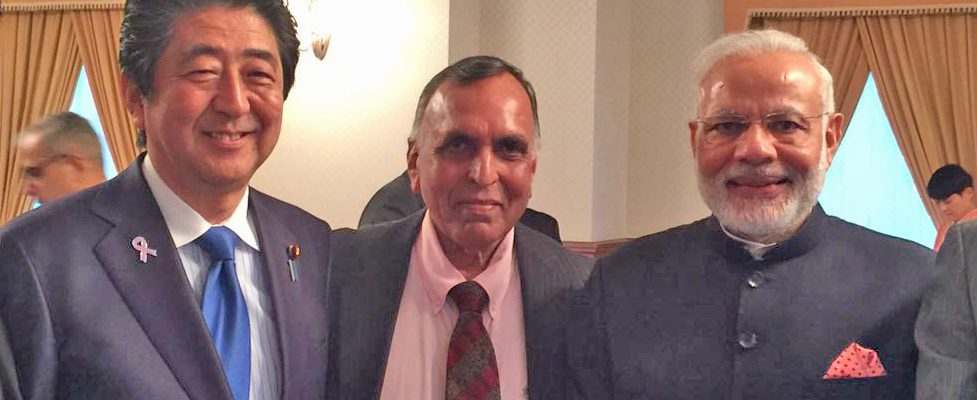
India and Japan’s exchange began during 6th Century A.D with the introduction of Buddhism to Japan.
Direct exchange commenced during the Meiji era (1868-1912), when bilateral relations developed around Japanese purchases of cotton. This was subsequently followed with import of iron ore from India after World War II. Over the years, Japan has become one of India’s strong trading partners.
After the era of economic liberalization began in 1991, the Indian economy grew at a rate of 5.5 % and has accelerated to over 8% in the past few years. Based on the remarkable achievement of robust economic growth, today India is part of the “trillion-dollar economy club” which has attracted interest from various Japanese corporates.
In 2008, India’s exports to Japan stood at US$ 7.9 billion which was an increase of more than 50% from the previous year. The major items that India exports to Japan include gems, jewellery, marine products, steel, iron ore, spices, leather, tea, and Information Technology (IT).
Japan’s exports to India in 2008 witnessed a growth of 26% amounting to US$5.2 billion. The primary exports being machinery, electronic goods, transport equipment, chemicals, iron and steel products.
While India is not only the first country to which Japan had extended the first Yen Loan, it is also one of the largest recipients of Japan’s ODA. Japan’s Official Development Assistance (ODA) has played a prime role in India’s infrastructure developments and technological enhancements which created the Delhi Metro Railway, Yamuna Action Plan and some projects in the Power sector. This successful collaboration with Japan will continue to make important strides for various projects in India.
In the automobile sector, India possesses advantages of low-cost highly skilled manpower, cheap raw materials, established R&D centers, a huge population, and a government incentive of providing upto 100% foreign equity investment for the manufacture of auto components. This has lured Global automobile manufacturers into India allowing big profits for Japanese automobile makers such as Suzuki, Honda, and Toyota who are dominating the Indian automobile market.
While India produces the largest engineers in the world, with its IT sector growing annually, it doesn’t have the superior technology Japan possesses. Japan’s technological expertise if combined with India’s highly skilled labor and its IT strength, will pave way for both nations to become supreme powers of Asia.

